
7 Best National Parks in Japan for Nature Lovers
Japan’s natural beauty extends far beyond its bustling cities, offering an abundance of breathtaking landscapes in its national parks. From snow-capped mountains and volcanic terrains to pristine beaches and ancient forests, Japan’s national parks are a haven for nature lovers. These parks showcase the country’s rich biodiversity, cultural heritage, and unparalleled scenic views, making them ideal for hiking, wildlife spotting, and relaxing amidst nature.
This guide highlights seven of the best national parks in Japan, offering insights into their unique features and what makes them a must-visit for outdoor enthusiasts.
Contents
1. Fuji-Hakone-Izu National Park
Home to the iconic Mount Fuji, Fuji-Hakone-Izu National Park is one of Japan’s most famous natural landmarks. The park spans several areas, including Hakone, known for its hot springs and scenic views, and the Izu Peninsula, with its rugged coastlines and beaches.
**Highlights:** Mount Fuji, Lake Ashi, Owakudani Valley, and the Izu Islands.
**Best For:** Hikers, photographers, and hot spring enthusiasts.
**Tips:** Visit during spring for cherry blossoms or autumn for colorful foliage. Reserve a ride on the Hakone Ropeway for spectacular views of Mount Fuji.
2. Shiretoko National Park
Located on the northeastern tip of Hokkaido, Shiretoko National Park is a UNESCO World Heritage Site and one of Japan’s most untouched wilderness areas. It’s a haven for wildlife, including brown bears, foxes, and rare seabirds.
**Highlights:** Shiretoko Five Lakes, Kamuiwakka Falls, and drift ice tours in winter.
**Best For:** Wildlife enthusiasts, nature photographers, and eco-tourists.
**Tips:** Join a guided boat tour along the coast to see waterfalls and wildlife from the water.
3. Aso-Kuju National Park
Situated in Kyushu, Aso-Kuju National Park is dominated by Mount Aso, one of the world’s largest active volcanoes. The park also features Kuju Mountain Range, rolling grasslands, and stunning hot spring areas.
**Highlights:** Mount Aso crater, Kuju Flower Park, and Yufuin hot springs.
**Best For:** Geology enthusiasts, hikers, and those seeking dramatic volcanic landscapes.
**Tips:** Check the volcanic activity status before visiting Mount Aso’s crater, as access may be restricted during eruptions.
4. Kerama Shotō National Park
Located in Okinawa, Kerama Shotō National Park is a tropical paradise of crystal-clear waters, coral reefs, and white sandy beaches. It’s an excellent destination for snorkeling, diving, and whale watching.
**Highlights:** Zamami Island, Tokashiki Island, and seasonal humpback whale sightings.
**Best For:** Beach lovers, divers, and marine life enthusiasts.
**Tips:** Visit between January and March for the best whale-watching opportunities.
5. Daisetsuzan National Park
As Japan’s largest national park, Daisetsuzan in Hokkaido is a paradise for hikers and nature lovers. The park is known for its alpine scenery, hot springs, and diverse wildlife, including Hokkaido deer and red foxes.
**Highlights:** Mount Asahidake, Sounkyo Gorge, and Ginsendai hiking trails.
**Best For:** Advanced hikers, wildlife enthusiasts, and onsen seekers.
**Tips:** Autumn is the best time to visit for stunning fall colors, especially around Asahidake Ropeway.
6. Oze National Park
Oze National Park is a favorite for those seeking tranquility and picturesque marshlands. The park features scenic boardwalk trails through wetlands, surrounded by mountains and seasonal flowers.
**Highlights:** Oze Marshland, Mount Hiuchigatake, and Nikko-Oze area.
**Best For:** Families, leisurely hikers, and flower enthusiasts.
**Tips:** Visit in late spring for skunk cabbage blooms or early autumn for colorful foliage.
7. Setonaikai National Park
Stretching across the Seto Inland Sea, Setonaikai National Park is a collection of islands, coastal areas, and historic sites. It’s known for its unique seascapes, quaint villages, and cycling routes.
**Highlights:** Naoshima (Art Island), Shimanami Kaido cycling route, and Itsukushima Shrine.
**Best For:** Cyclists, art enthusiasts, and island hoppers.
**Tips:** Rent a bike to explore the Shimanami Kaido, a scenic route connecting islands with spectacular ocean views.
Conclusion
Japan’s national parks offer diverse landscapes and activities, from tropical beaches and volcanic peaks to serene marshlands and historic coastal routes. Whether you’re seeking adventure, relaxation, or stunning photo opportunities, these seven parks provide unforgettable experiences for nature lovers. Plan your visit to immerse yourself in the beauty and tranquility of Japan’s natural treasures.
Share
You may also like
-

Visiting Japan’s Love Hotel Districts: What to Expect
Japan’s love hotel districts are famous for their unique and fascinating blend of privacy, creativity, and a touch of...
-

Top 10 Late-Night Dining Spots in Tokyo’s 24-Hour Cafes
Tokyo’s vibrant nightlife extends well beyond bars and nightclubs, with a thriving late-night dining culture tha...
-
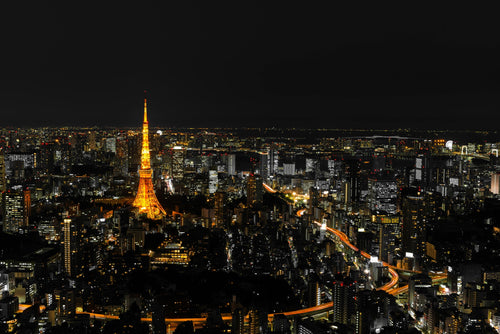
Best Night Tours in Tokyo for After-Dark Adventures
Tokyo’s nightlife is renowned for its energy, vibrancy, and unique blend of traditional and modern experiences. From ...
-
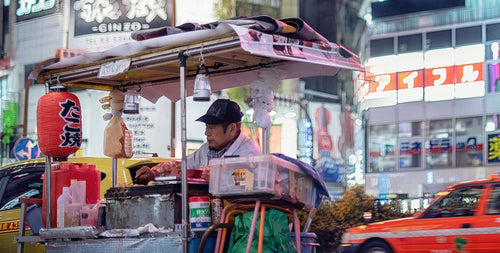
Japan’s Late-Night Food Culture: 8 Best Street Eats
Japan’s late-night food culture is a vibrant experience, especially in bustling cities like Tokyo and Osaka, where de...
-

7 Rooftop Bars in Tokyo for Stunning Views
Tokyo’s rooftop bars offer some of the best ways to soak in the city’s skyline while enjoying drinks, atmosphere, and...
-

10 Best Nightclubs in Tokyo for Dancing and Music Lovers
Tokyo's nightlife is renowned for its variety and energy, with nightclubs that range from high-energy dance floors to...
-

8 Themed Bars and Cafes You Need to Visit in Tokyo
Tokyo is famous for its creative and quirky themed bars and cafes, offering immersive experiences for locals and...
-

Tokyo Nightlife Guide: Shinjuku, Shibuya, and Roppongi Highlights
Tokyo’s nightlife is legendary, offering a mix of vibrant energy, entertainment, and unique experiences in some of it...
-

7 Best Japanese Sake Bars in Tokyo
Tokyo is home to some of Japan’s best sake bars, offering both locals and visitors an opportunity to explore the...
-

Top 6 Observation Decks in Tokyo for Scenic Views
Tokyo’s observation decks offer some of the best panoramic views of the city, giving visitors a chance to see th...
-
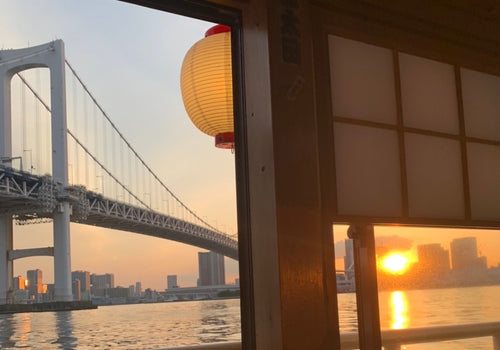
Night Cruises in Tokyo: Enjoy the City Views
Tokyo’s skyline is mesmerizing at any time, but experiencing it from the water on a night cruise adds a magical ...
-
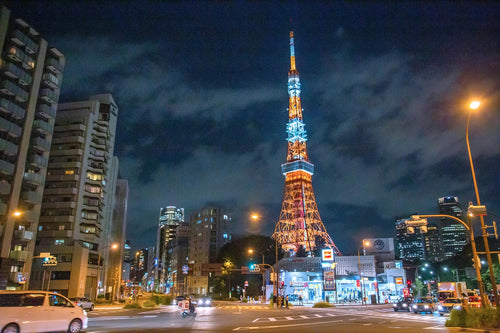
Roppongi Art and Nightlife Guide
Roppongi is one of Tokyo’s most vibrant districts, known for its lively nightlife, sophisticated art scene, and ...
-
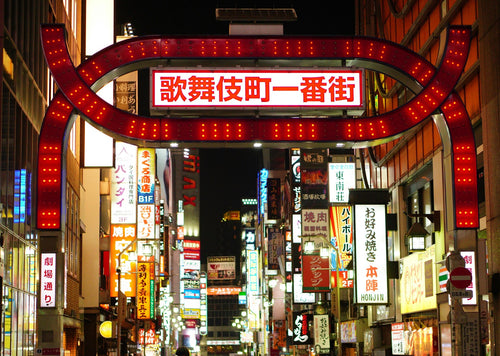
Nightlife Guide to Shinjuku Kabukicho
Shinjuku’s Kabukicho district, known as Tokyo’s “Sleepless Town,” is the center of nightlife in Tokyo. Renowned ...
-
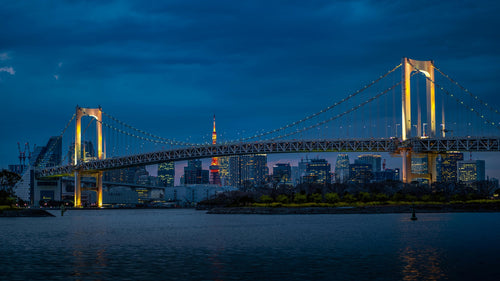
6 Best Night View Spots in Tokyo
Tokyo at night is a breathtaking spectacle, with illuminated skyscrapers, iconic landmarks, and bustling streets that...
-

Top 12 Sake Breweries in Japan for Tasting and Tours
Japan’s sake culture is celebrated around the world for its depth, complexity, and rich history. Sake, or nihons...
-
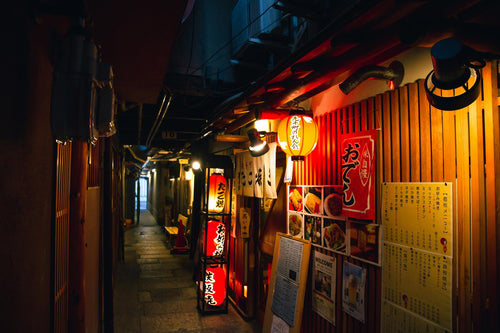
How to Enjoy a Night at a Japanese Izakaya
Japanese izakayas are casual, lively spots where locals gather after work to enjoy drinks, share small plates, a...
-

Exploring Karaoke Culture in Japan: 8 Best Places to Sing
Karaoke is an integral part of Japanese culture, offering a fun and entertaining way for friends, family, and even co...
-
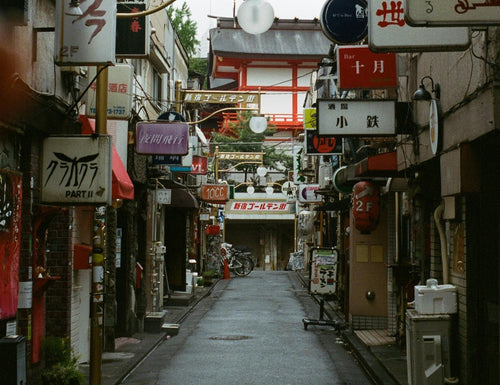
5 recommended bars in Golden Gai
Golden Gai, nestled in the heart of Tokyo’s Shinjuku district, is one of the city’s most iconic bar districts. Known ...
-
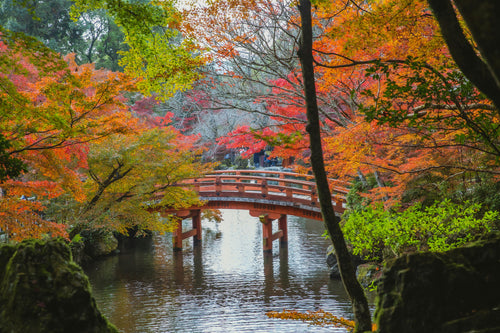
10 Japanese Gardens You Should Visit for Tranquility
Japanese gardens are renowned for their beauty, tranquility, and intricate designs that reflect harmony with nature. ...
-
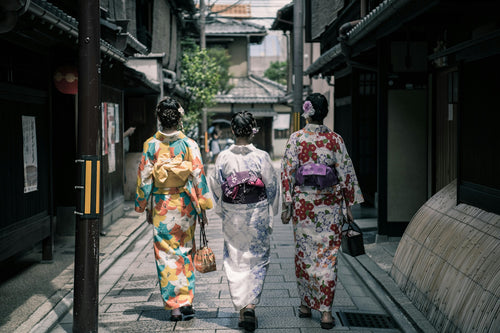
Japan’s Kimono Heritage: Symbolism, Style, and Where to See
The kimono, Japan’s traditional garment, is a beautiful and symbolic representation of Japanese culture. From its int...
-

Etiquette Essentials for Visitors to Japan
Japan’s culture is rich in respect, politeness, and consideration, making etiquette an essential part of daily l...
-

7 Best Places to Discover Japan’s Samurai History
Japan’s samurai history is one of honor, skill, and deep cultural influence, stretching back centuries and leaving an...
-

Geisha Culture in Japan: Myths and Realities
The world of geisha, Japan’s skilled performers and keepers of traditional arts, has long intrigued people around th...
-
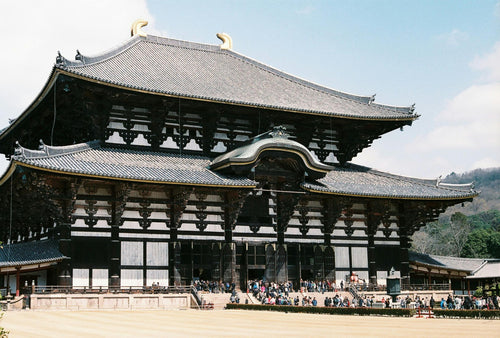
Japan’s Unique Architecture: Top 8 Traditional and Modern Landmarks
Japan is renowned for its unique blend of ancient architectural heritage and cutting-edge modern designs. From c...
-

10 Traditional Japanese Festivals (Matsuri) You Can’t Miss
Japanese festivals, or *matsuri*, are vibrant celebrations of cultural heritage, featuring elaborate costumes, l...
-
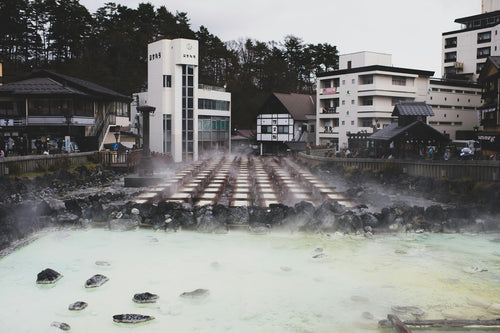
Japan’s Three Great Onsen: A Guide to Famous Hot Springs
Japan is famous for its natural hot springs, or *onsen* (温泉), offering visitors a unique opportunity to relax and rej...
-
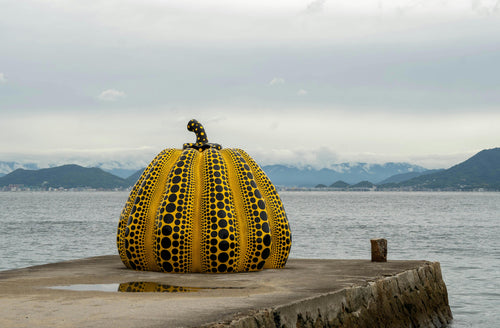
Japanese Art Exploration: Best Spots to Enjoy Art in Japan
Japan is a country rich in artistic heritage, from centuries-old traditional crafts to modern, innovative instal...
-

Guide to Japan’s Fireworks Festivals: When and Where to Go
Japan’s summer fireworks festivals, known as "hanabi taikai" (花火大会), are among the most anticipated events in th...
-
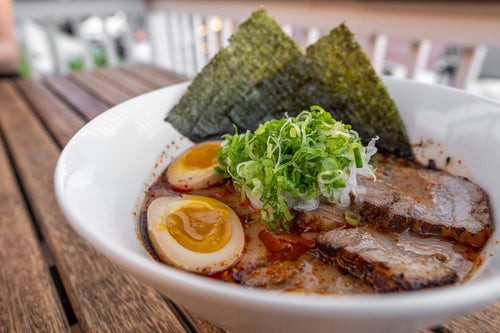
Where to Experience Ramen-Making Classes in Japan
Ramen is one of Japan’s most beloved dishes, with countless regional styles and flavors that attract food lovers from...
-
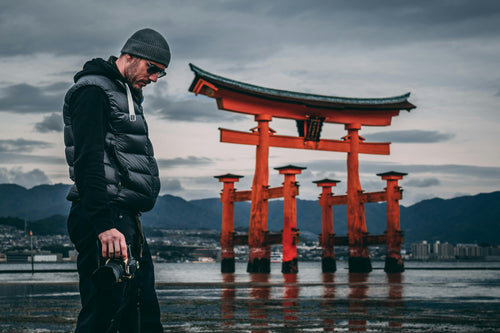
Power Spot Tours: Japan’s Famous Temples and Shrines
Japan is a land steeped in spiritual history, and visiting its temples and shrines provides not only a glimpse i...
-
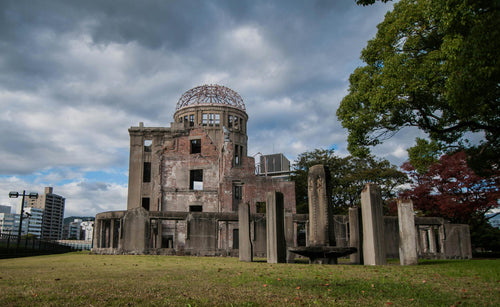
UNESCO World Heritage Site Tour Guide in Japan
Japan is home to numerous UNESCO World Heritage Sites, each offering a glimpse into the country’s rich cultural herit...
-
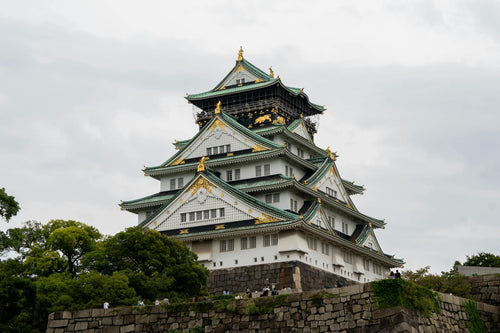
5 Famous Japanese Castles: History and Highlights
Japan is home to some of the most beautiful and historically significant castles in the world. Built during the feuda...
-

10 Unique Drinks to Try from Japanese Vending Machines
Japan is famous for its vending machines, offering an incredible variety of drinks that go beyond just soft drinks an...
-

Tokyo Market Guide: Exploring Tsukiji and Toyosu Markets
Tokyo's Tsukiji and Toyosu Markets are must-visit spots for food lovers and anyone interested in Japan’s rich culinar...
-

Experiencing Traditional Tea Ceremony in Tokyo
The Japanese tea ceremony, or "chanoyu," is a cultural experience steeped in tradition, aesthetics, and mindfulness....
-
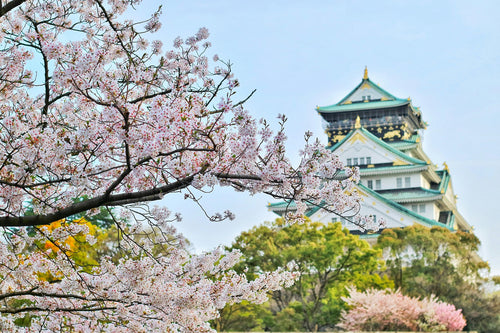
Top 7 Cherry Blossom Viewing Locations in Tokyo
Springtime in Tokyo is synonymous with the cherry blossom season, a breathtaking period when the city’s parks, rivers...
-
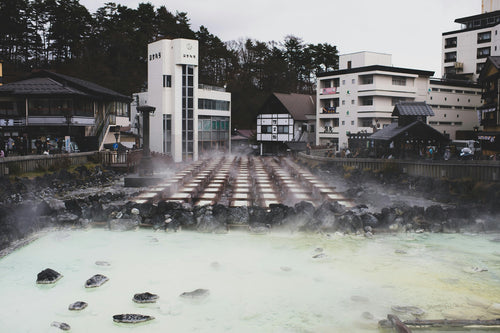
What is Onsen? A Guide to History, Benefits, and Etiquette
Onsen, Japan’s cherished hot spring culture, offers a unique blend of relaxation, scenic beauty, and deep-rooted trad...
-

What is Sake? Its Production Method and History
Sake is a traditional Japanese alcoholic beverage made from fermented rice. It has been enjoyed in Japan for over a t...
-
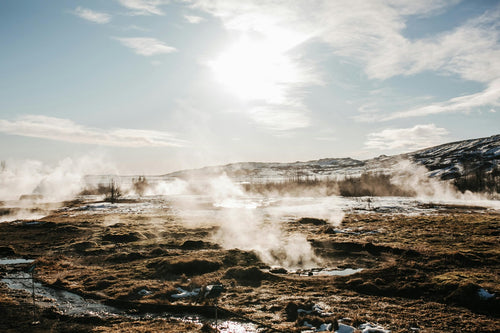
8 hot springs with beautiful scenery near Tokyo
Tokyo is a bustling metropolis, but just outside the city are some of Japan's most serene hot springs, or onsens, off...
-

Top 10 museum to visit in Tokyo
Tokyo is home to a diverse range of museums that cater to all interests, from art and history to technology and pop c...
-
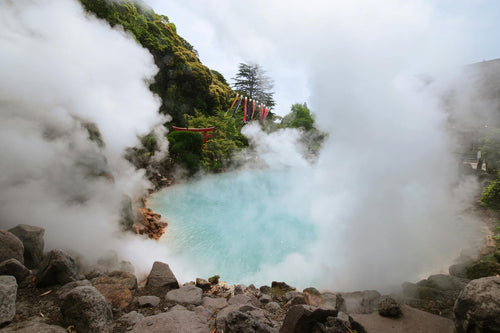
9 Best Hot Spring and Bathhouse in Tokyo
Tokyo is known for its vibrant urban energy, but it's also a fantastic place to relax and rejuvenate in hot springs (...
-
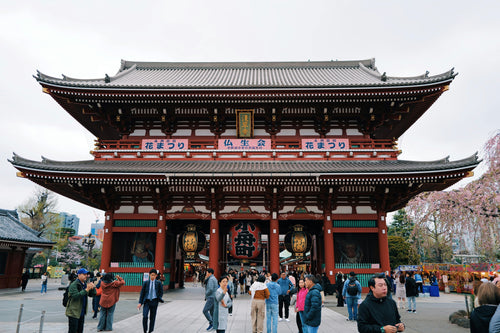
15 Famous Temples and Shrines to Visit near Tokyo
Tokyo and its surrounding areas are home to many famous temples and shrines that showcase Japan's rich spiritual and ...










































